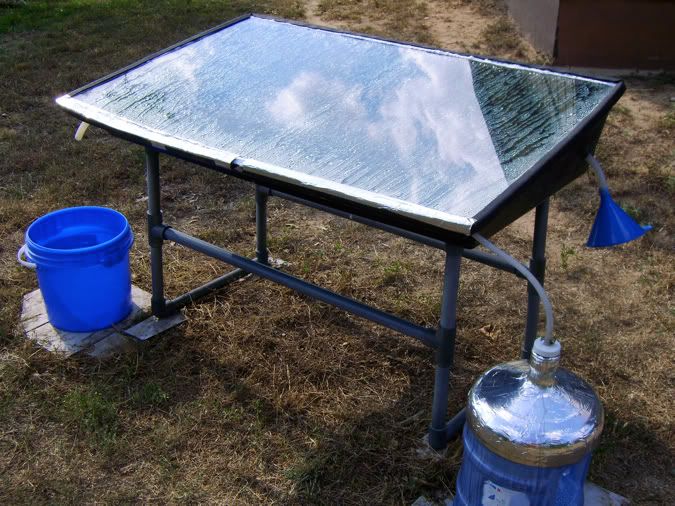The past two weeks of this project have been filled with more research on specific case studies. There are a lot of studies out there, the problem is finding ones that are pertinent to the type of distiller that I am going to be building. Also, most of the case studies are about the economics and feasibility of using them in very specific communities around the world. Since I do not have the resources to test my distiller in the places I would like to, these studies have limited usefulness.
What I have gained from case studies is ideas of interesting materials I can use to build mine. Some examples of good ideas I have stumbled upon so far are black tile materials for the basin, and galvanized iron sheet metal that is form fitted into the entire box. The formed sheet metal is a good idea because not only does it make the entire system very water resistant, it also provides a material that is a good conducting element. I have also been doing research locally, about the best places there are to get the materials that I need.
| galvanized iron would be an interesting material to use because it is already implemented as a roofing material for many poorer countries around the world. |
